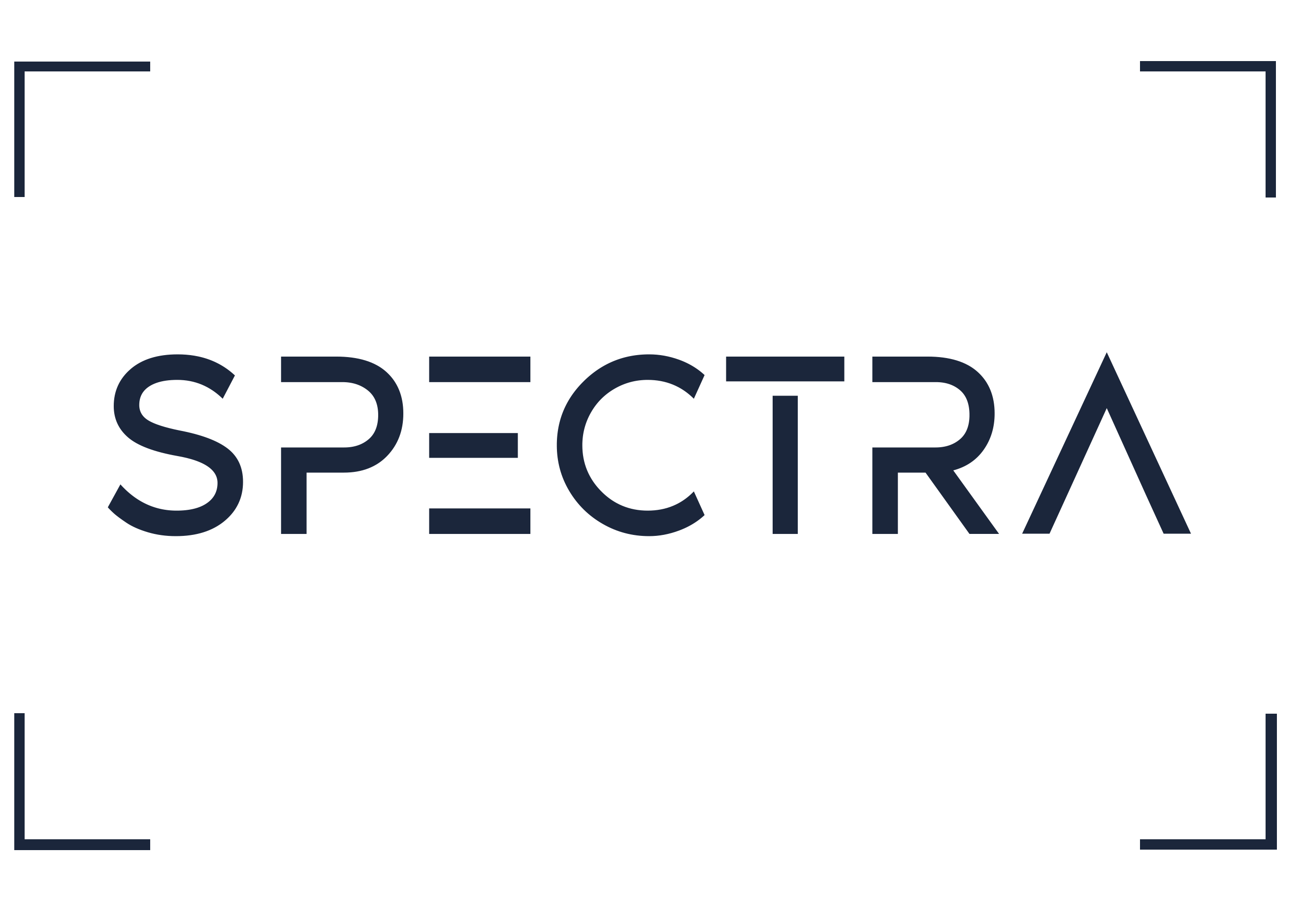An analogue camera(or film camera) shoot refers to a photography session where images are captured using a film camera, rather than a digital one. This approach gives the photos a unique, organic quality that sets them apart from digital images.
|
Concept developing and content planing
With limited shots (e.g., 24 or 36 exposures), every shot must be well-planned.
Choosing the Film Type: Selecting the type of film to use, based on factors like color or black-and-white preference, ISO (film sensitivity), and the desired aesthetic.
|
Shooting process
Slower, Mindful Approach: Unlike digital photography, where you can immediately see the image, an analogue shoot requires a slower, more intentional process.
|
Post-Shoot Process
Film Development: After the shoot, the film must be developed.
Scans & Prints: Once the film is developed, it can be scanned to digital format for easy sharing or printing, or physical prints can be made directly from the negatives.
Candid Imperfections: Film photography often has unique characteristics like grain, light leaks, or imperfections due to the nature of the process, adding a nostalgic or artistic quality to the images.
|
Benefits of an Analogue Camera Shoot:
Film has a nostalgic and timeless quality that is often sought after for fine art, portraiture, and creative projects.
Since you can't see the results immediately, it takes more thoughtful approach, which can result in more meaningful and deliberate work.
